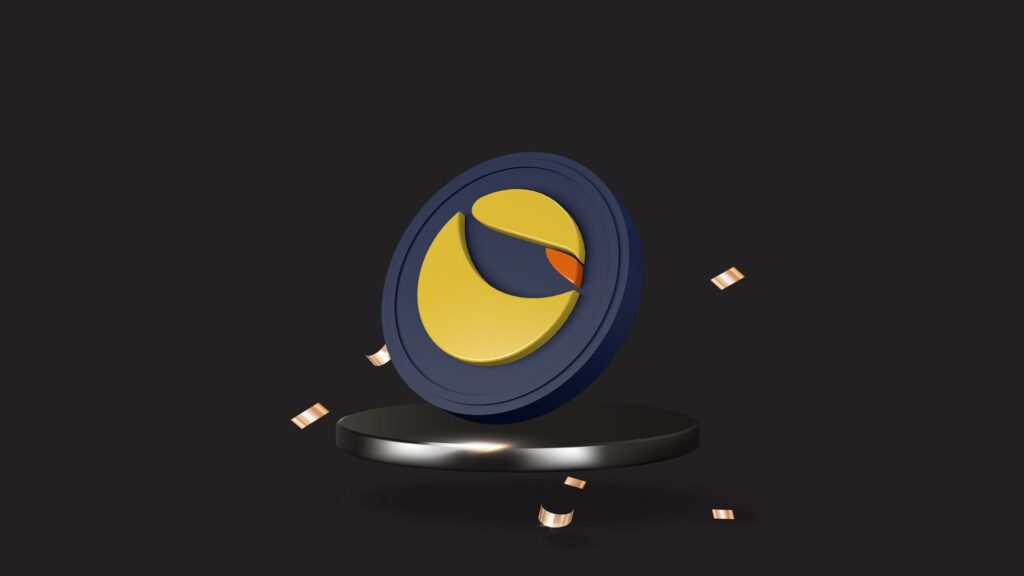Why Terra (Luna) crashed

Someone appears to have purchased around $1 billion in UST stablecoins while shorting their Bitcoin holdings, whether it was one large whale or collusion between large hedge funds. Massive withdrawals were made from Anchor, a Terra network-based decentralised finance (DeFi) protocol. Over a single weekend, deposits fell from $14 billion to $11.2 billion.
The existing negative market sentiment combined with fresh FUD — (fear, uncertainty and doubt) — led to the perfect conditions for a crash — people rushed to pull their money out. As the price of the UST stablecoin dropped due to the dramatic drop in demand, so did the value of LUNA, causing UST to ultimately lose its peg.
How does UST work you may ask?
An investor must purchase the LUNA token and burn it in order to produce the UST stablecoin. This decreases the quantity of LUNA over time, raising the token’s price. A trader can burn UST and manufacture a similar amount of LUNA to earn redemption. The attackers recognised that if they destroyed UST’s dollar peg, the depegging would cause chaos in the ecosystem, resulting in a wave of UST redemptions that would be disastrous. The attackers exchanged $85 million in UST for USDC on the decentralised exchange Curve on May 7th. The attacker (or attackers) then continued to trade tens of millions of dollars in USDC, exerting downward pressure on the UST price. Initially, the peg held at $0.98, and it appeared like everything would be great for a few hours.
However, as the attack progressed, public opinion began to shift against it. Investors began withdrawing billions of dollars in UST from Anchor and exchanging them for LUNA. This pushed the price of LUNA down, causing greater volatility. The more UST depreciated against the dollar, the more investors redeemed their stablecoins and left the Terra ecosystem.
LUNA has a circulating supply of around 7 trillion tokens as of this writing, and that figure is constantly growing. The LUNA coin had just 350 million tokens in circulation prior to the hack. Anyone still holding LUNA is basically losing money.
What does this mean for the crypto industry in general?
Terra, on the other hand, had around $1.8 billion in BTC that they sold in an unsuccessful bid to defend the peg. This explains some of the recent market volatility. Looking ahead, this crash is sure to draw the attention of authorities. Terra’s breakdown has already been highlighted by Janet Yellen, and the SEC is expected to issue a comment soon.
Is there a chance Terra will be able to recover?
Perhaps but it is not easy. People’s faith in the initiative was essential, and that trust has now been lost. That’s upsetting on several levels, not least because a stablecoin with a limitless supply is desperately needed. Not hyperinflationary, but in terms of supply and demand. The number of investors prepared to put up collateral to manufacture fresh DAI tokens is limited.
Terra’s UST token was an effort to solve the problem of finite supply in stablecoins, and the project’s failure represents a major setback both monetarily and in terms of the future growth of digital assets. This is a terrible time for the blockchain community, and we sincerely regret any losses incurred as a result of this unprecedented collapse.
However, this also highlights the need for a stablecoin backed by real tangible assets and the reserves are regularly audited. This level of transparency would allow for the stablecoins to be truly stable and help build trust for its users. This is essentially what we are doing here at eGBP.